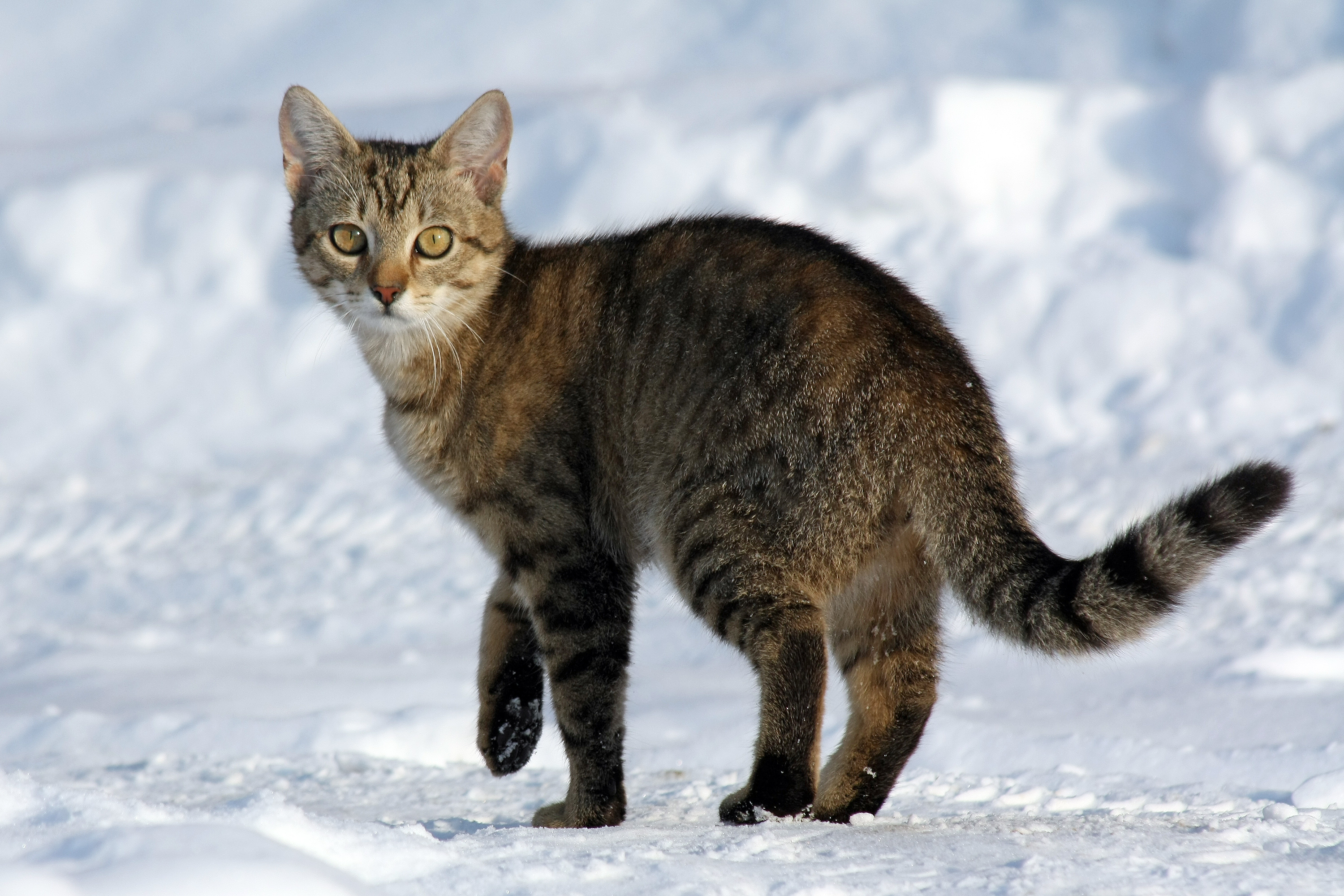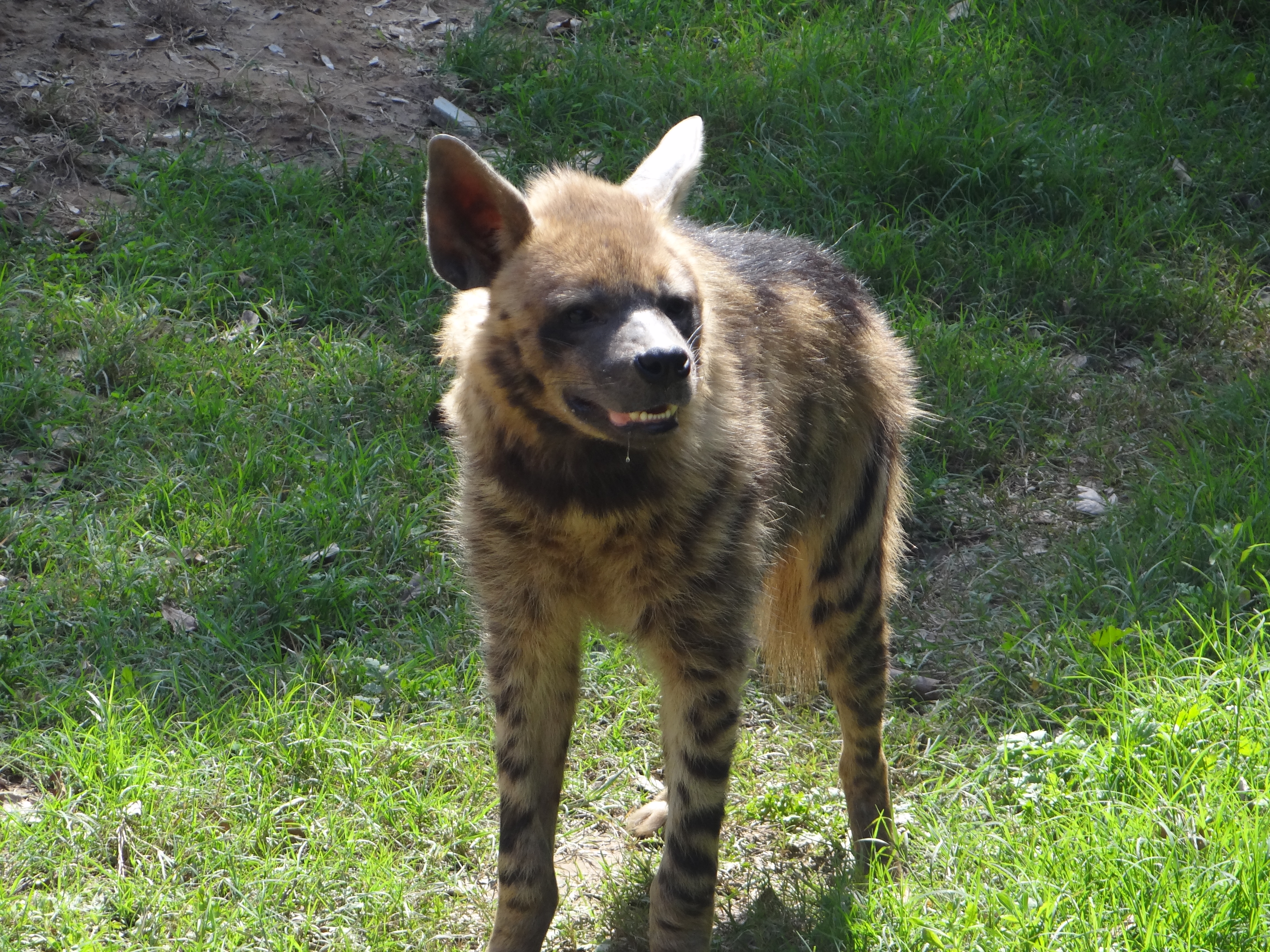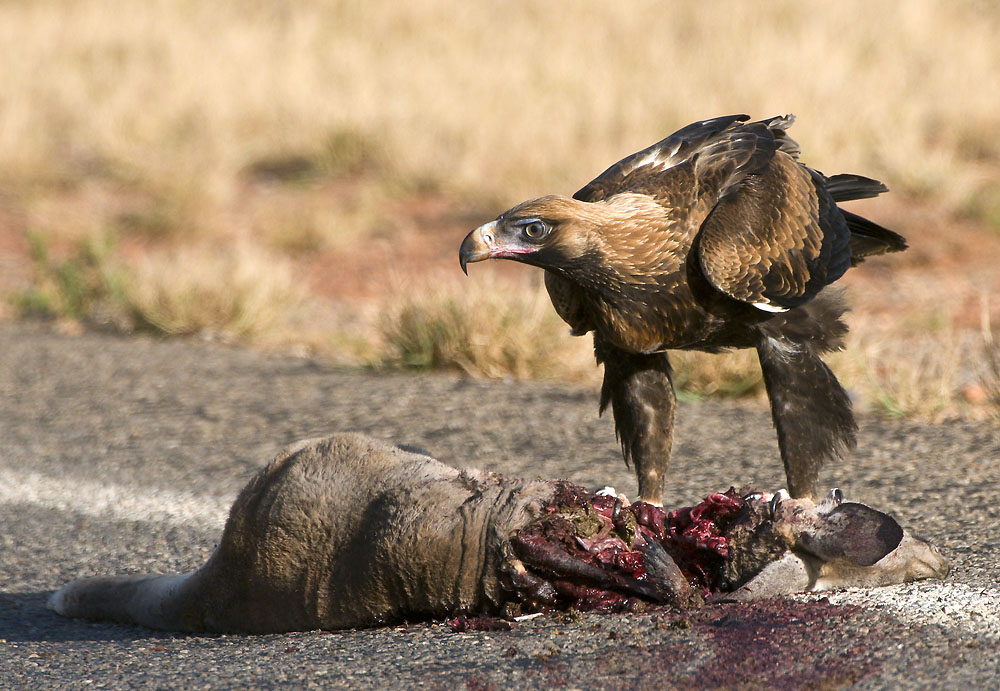|
Sunda Stink Badger
The Sunda stink badger (''Mydaus javanensis''), also called the Javan stink badger, teledu, Malay stink badger, Malay badger, Indonesian stink badger and Sunda skunk, is a mammal native to Indonesia and Malaysia. Despite the common name, stink badgers are not closely related to true badgers, and are, instead, Old World relatives of the skunks. Coincidentally, its local name ''sigung'' in Sundanese is a false cognate to ''skunk'' which is of Algonquian origin. Description Sunda stink badgers have a similar body shape to badgers, but are significantly smaller, being in total length, and weighing from . Their fur is coarse, and black or very dark brown over most of the body, with a white stripe running from the top of the head to the tail. The tail is short, measuring about , and is covered in pure white fur. The width of the stripe varies considerably between individuals, but is usually narrow, and may be discontinuous. As the name indicates, stink badgers have an anal scent g ... [...More Info...] [...Related Items...] OR: [Wikipedia] [Google] [Baidu] |
Anselme Gaëtan Desmarest
Anselme Gaëtan Desmarest (6 March 1784 – 4 June 1838) was a French Zoology, zoologist and author. He was the son of Nicolas Desmarest and the father of Eugène Anselme Sébastien Léon Desmarest. Career Desmarest was a disciple of Georges Cuvier and Alexandre Brongniart, and in 1815, he succeeded Pierre André Latreille to the professorship of zoology at the '. He was elected to the American Philosophical Society in 1819 and to the Académie Nationale de Médecine in 1820. Publications Desmarest published ' (1805), ' (1825), ' (1820), and ' (1816–30, with André Marie Constant Duméril). His ''Mammalogie'' was significant as it contained a comprehensive list of all mammals known at the time, including living forms and extinct forms known only from fossils. Desmarest was one of the first scientists to routinely apply both genus and species names to animals. Prior to his time, it was common practice to give only a genus name to a new animal. Legacy The common name, Desmarest ... [...More Info...] [...Related Items...] OR: [Wikipedia] [Google] [Baidu] |
Borneo
Borneo () is the List of islands by area, third-largest island in the world, with an area of , and population of 23,053,723 (2020 national censuses). Situated at the geographic centre of Maritime Southeast Asia, it is one of the Greater Sunda Islands, located north of Java Island, Java, west of Sulawesi, and east of Sumatra. The island is crossed by the equator, which divides it roughly in half. The list of divided islands, island is politically divided among three states. The sovereign state of Brunei in the north makes up 1% of the territory. Approximately 73% of Borneo is Indonesian territory, and in the north, the East Malaysian states of Sabah and Sarawak make up about 26% of the island. The Malaysian federal territory of Labuan is situated on a small island just off the coast of Borneo. Etymology When the sixteenth-century Portuguese explorer Jorge de Menezes made contact with the indigenous people of Borneo, they referred to their island as ''Pulu K'lemantang'', which ... [...More Info...] [...Related Items...] OR: [Wikipedia] [Google] [Baidu] |
Fauna Of Sumatra
Fauna (: faunae or faunas) is all of the animal life present in a particular region or time. The corresponding terms for plants and fungi are ''flora'' and '' funga'', respectively. Flora, fauna, funga and other forms of life are collectively referred to as '' biota''. Zoologists and paleontologists use ''fauna'' to refer to a typical collection of animals found in a specific time or place, e.g. the " Sonoran Desert fauna" or the " Burgess Shale fauna". Paleontologists sometimes refer to a sequence of faunal stages, which is a series of rocks all containing similar fossils. The study of animals of a particular region is called faunistics. Etymology ''Fauna'' comes from the name Fauna, a Roman goddess of earth and fertility, the Roman god Faunus, and the related forest spirits called Fauns. All three words are cognates of the name of the Greek god Pan, and ''panis'' is the Modern Greek equivalent of fauna (πανίς or rather πανίδα). ''Fauna'' is also the word for a ... [...More Info...] [...Related Items...] OR: [Wikipedia] [Google] [Baidu] |
Carnivorans Of Borneo
Carnivora ( ) is an order of placental mammals specialized primarily in eating flesh, whose members are formally referred to as carnivorans. The order Carnivora is the sixth largest order of mammals, comprising at least 279 species. Carnivorans are found on every major landmass and in a variety of habitats, ranging from the cold polar regions of Earth to the hyper-arid region of the Sahara Desert and the open seas. Carnivorans exhibit a wide array of body plans, varying greatly in size and shape. Carnivora are divided into two suborders, the Feliformia, containing the true felids and several animals; and the Caniformia, containing the true canids and many animals. The feliforms include the Felidae, Viverridae, hyena, and mongoose families, the majority of which live only in the Old World; cats are the only exception, occurring in the Old World and the New World, entering the Americas via the Bering land bridge. The caniforms include the Caninae, Procyonidae, bears, mustelids, ... [...More Info...] [...Related Items...] OR: [Wikipedia] [Google] [Baidu] |
Mammals Of Indonesia
This is a list of mammals in Indonesia. It is derived from the IUCN Red List and includes those mammals that have been extinct since 1500. The following tags are used to highlight each species' conservation status: Subclass: Yinotheria Order: Monotremata (monotremes) Monotremes are mammals that lay eggs instead of giving birth to live young. Momotremata comprises the platypus and echidnas. *Family: Tachyglossidae (echidnas) **Genus: ''Tachyglossus'' *** Short-beaked echidna, ''T. aculeatus'' **Genus: ''Zaglossus'' *** Sir David's long-beaked echidna, ''Z. attenboroughi'' *** Eastern long-beaked echidna, ''Z. bartoni'' *** Western long-beaked echidna, ''Z. bruijnii'' Subclass Metatheria Order: Dasyuromorphia (carnivorous marsupials) The order Dasyuromorphia comprises most of the carnivorous marsupials, including quolls, dunnarts, the numbat, the Tasmanian devil, and the recently extinct thylacine. *Family: Dasyuridae **Genus: '' Dasyurus'' *** New Guinean quoll, ''D. albo ... [...More Info...] [...Related Items...] OR: [Wikipedia] [Google] [Baidu] |
Mammals Of Brunei
This is a list of the mammal species recorded in Brunei. The following tags are used to highlight each species' conservation status as assessed by the International Union for Conservation of Nature: Some species were assessed using an earlier set of criteria. Species assessed using this system have the following instead of near threatened and least concern categories: Order: Sirenia (manatees and dugongs) Sirenia is an order of fully aquatic, herbivorous mammals that inhabit rivers, estuaries, coastal marine waters, swamps, and marine wetlands. All four species are endangered. *Family: Dugongidae **Genus: ''Dugong'' ***Dugong, ''D. dugon'' Order: Scandentia (treeshrews) The treeshrews are small mammals native to the tropical forests of Southeast Asia. Although called treeshrews, they are not true shrews and are not all arboreal. *Family: Tupaiidae (tree shrews) **Genus: ''Tupaia (genus), Tupaia'' ***Long-footed treeshrew, ''T. longipes'' ***Painted treeshrew, ''T. picta' ... [...More Info...] [...Related Items...] OR: [Wikipedia] [Google] [Baidu] |
Carnivorans Of Malaysia
Carnivora ( ) is an order of placental mammals specialized primarily in eating flesh, whose members are formally referred to as carnivorans. The order Carnivora is the sixth largest order of mammals, comprising at least 279 species. Carnivorans are found on every major landmass and in a variety of habitats, ranging from the cold polar regions of Earth to the hyper-arid region of the Sahara Desert and the open seas. Carnivorans exhibit a wide array of body plans, varying greatly in size and shape. Carnivora are divided into two suborders, the Feliformia, containing the true felids and several animals; and the Caniformia, containing the true canids and many animals. The feliforms include the Felidae, Viverridae, hyena, and mongoose families, the majority of which live only in the Old World; cats are the only exception, occurring in the Old World and the New World, entering the Americas via the Bering land bridge. The caniforms include the Caninae, Procyonidae, bears, ... [...More Info...] [...Related Items...] OR: [Wikipedia] [Google] [Baidu] |
Stink Badgers
Stink badgers or false badgers are the species of the genus ''Mydaus'' of the skunk family of carnivorans, the Mephitidae. They resemble the better-known members of the family Mustelidae also termed 'badgers' (which are themselves a polyphyletic group). There are only two extant species – the Palawan stink badger or ''pantot'' (''M. marchei''), and the Sunda stink badger or ''teledu'' (''M. javanensis''). They live west of the Wallace Line; the Sunda species on islands of the Greater Sunda Islands, being Sumatra, Java, and Borneo; in Borneo the badger is found in Indonesia, Malaysia and Brunei. The Palawan species lives in the Philippine island of Palawan as well as the islands surrounding it. Stink badgers are named for their resemblance to other badgers and for the foul-smelling secretions that they expel from anal glands in self-defense (which is stronger in the Sunda species). [...More Info...] [...Related Items...] OR: [Wikipedia] [Google] [Baidu] |
Hystrix (porcupine)
''Hystrix'' is a genus of porcupines containing most of the Old World porcupines. Fossils belonging to the genus date back to the late Miocene of Africa. Hystrix (from Ancient Greek ὕστριξ (hústrix, “porcupine”) was given name by the 18th-century Swedish botanist Carl Linnaeus Carl Linnaeus (23 May 1707 – 10 January 1778), also known after ennoblement in 1761 as Carl von Linné,#Blunt, Blunt (2004), p. 171. was a Swedish biologist and physician who formalised binomial nomenclature, the modern system of naming o .... Species * Genus ''Hystrix'' **Subgenus ''Hystrix'' ***'' Hystrix africaeaustralis'' - Cape porcupine ***'' Hystrix cristata'' - African crested porcupine ***'' Hystrix indica'' - Indian crested porcupine **Subgenus ''Acanthion'' ***'' Hystrix brachyura'' - Malayan porcupine or Himalayan crestless porcupine ***'' Hystrix javanica'' - Sunda porcupine **Subgenus ''Thecurus'' ***'' Hystrix crassispinis'' - thick-spined porcupine ***'' Hystrix pumil ... [...More Info...] [...Related Items...] OR: [Wikipedia] [Google] [Baidu] |
Carrion
Carrion (), also known as a carcass, is the decaying flesh of dead animals. Overview Carrion is an important food source for large carnivores and omnivores in most ecosystems. Examples of carrion-eaters (or scavengers) include crows, vultures, humans, hawks, eagles, hyenas, Virginia opossum, Tasmanian devils, coyotes and Komodo dragons. Many invertebrates, such as the Silphidae, carrion and burying beetles, as well as maggots of Calliphoridae, calliphorid flies (such as one of the most important species in ''Calliphora vomitoria'') and Flesh-fly, flesh-flies, also eat carrion, playing an important role in recycling nitrogen and carbon in animal remains. Carrion begins to decay at the moment of the animal's death, and it will increasingly attract insects and breed bacteria. Not long after the animal has died, its body will begin to exude a foul odor caused by the presence of bacteria and the emission of cadaverine and putrescine. Carrion can harbor many infectious and diseas ... [...More Info...] [...Related Items...] OR: [Wikipedia] [Google] [Baidu] |
Sarawak
Sarawak ( , ) is a States and federal territories of Malaysia, state of Malaysia. It is the largest among the 13 states, with an area almost equal to that of Peninsular Malaysia. Sarawak is located in East Malaysia in northwest Borneo, and is bordered by the Malaysian state of Sabah to the northeast, Kalimantan (the Indonesian portion of Borneo) to the south, and Brunei in the north. The state capital, Kuching, is the largest city in Sarawak, the economic centre of the state, and the seat of the Sarawak state government. Other cities and towns in Sarawak include Miri, Malaysia, Miri, Sibu, and Bintulu. As of 2020 Malaysia census, the population of Sarawak was 2.453 million. Sarawak has an equatorial climate with tropical rainforests and abundant animal and plant species. It has several prominent cave systems at Gunung Mulu National Park. Rajang River is the longest river in Malaysia; Bakun Dam, one of the largest dams in Southeast Asia, is located on one of its tributaries, the ... [...More Info...] [...Related Items...] OR: [Wikipedia] [Google] [Baidu] |
Secondary Forest
A secondary forest (or second-growth forest) is a forest or woodland area which has regenerated through largely natural processes after human-caused Disturbance (ecology), disturbances, such as Logging, timber harvest or agriculture clearing, or equivalently disruptive natural phenomena. It is distinguished from an old-growth forest (primary or primeval forest), which has not recently undergone such disruption, and complex early Seral community, seral forest, as well as third-growth forests that result from harvest in second growth forests. Secondary forest regrowing after timber harvest differs from forest Ecological succession, regrowing after natural Disturbance (ecology), disturbances such as Wildfire, fire, insect infestation, or windthrow because the dead trees remain to provide nutrients, structure, and water retention after natural disturbances. Secondary forests are notably different from primary forests in their composition and biodiversity; however, they may still be hel ... [...More Info...] [...Related Items...] OR: [Wikipedia] [Google] [Baidu] |







